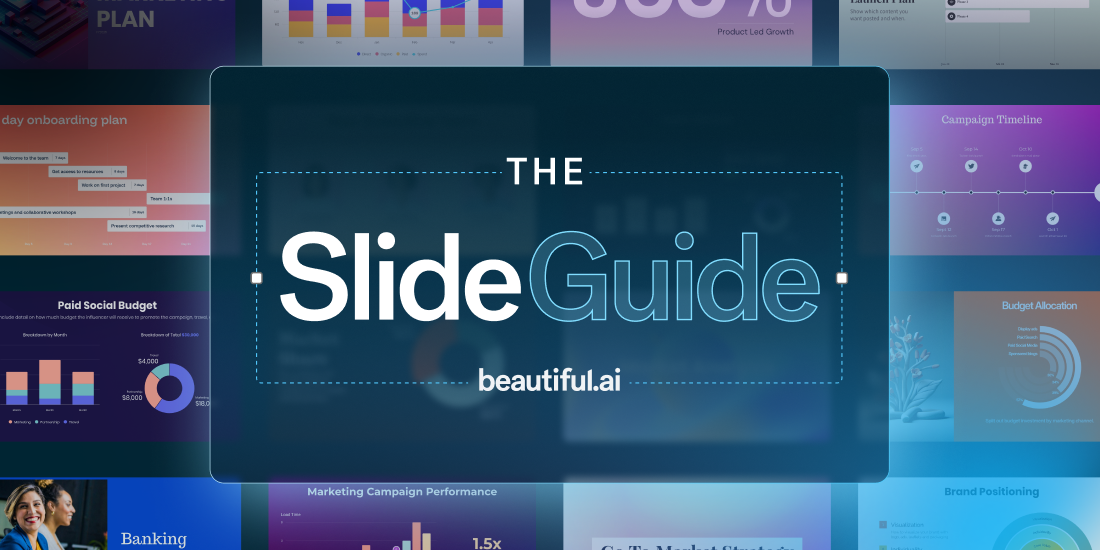
When it comes to winning clients or investors, your sales deck is often your first impression—and sometimes, your only shot. A well-crafted presentation can capture attention, build trust, and inspire action. But what makes a sales deck effective?
Three examples of effective sales decks
Let’s look at what the best examples have in common, and how you can use those insights to elevate your own.
1. The Airbnb Pitch Deck: Clarity Meets Simplicity
Airbnb’s early pitch deck has become legendary—and for good reason. It’s only ten slides long, yet it clearly communicates the problem, solution, market opportunity, and business model.
Why it works:
- Visual storytelling: Each slide uses minimal text and strong visuals.
- Problem–solution structure: The flow makes it easy to follow the company’s logic.
- Concise messaging: Every word earns its place.
Takeaway: Don’t overwhelm your audience. Boil your story down to the essentials, and make sure each slide moves the narrative forward.
2. The Uber (Cabify) Deck: A Vision That Sells Itself
Uber’s original pitch deck—back when it was “UberCab”—wasn’t flashy, but it painted a vivid picture of convenience. It highlighted a simple, relatable frustration (finding a reliable ride) and a clear, tech-driven fix.
Why it works:
- Emotional connection: It starts with a pain point every city-dweller understands.
- Vision first: Instead of diving into data, it sells a lifestyle shift.
- Confidence through simplicity: The deck’s tone exudes certainty without arrogance.
Takeaway: Lead with a vision your audience can believe in. People buy into stories before they buy into numbers.
3. The LinkedIn Sales Deck: Data with Direction
LinkedIn’s B2B sales presentations, especially those targeting enterprise clients, are masterclasses in blending storytelling with data. The decks use infographics, social proof, and concise case studies to show how LinkedIn drives measurable results.
Why it works:
- Authority through insight: Data feels human when it’s tied to business outcomes.
- Brand alignment: The design mirrors LinkedIn’s professional identity.
- Clear next steps: Every deck ends with an actionable path forward.
Takeaway: Numbers alone won’t close the deal—context and clarity will. Make your data meaningful.
The Beautiful.ai approach: Design that does the heavy lifting
While classic decks like Airbnb’s or Uber’s are inspiring, most teams don’t have a dedicated designer or endless hours to fine-tune visuals. That’s where tools like Beautiful.ai come in.
Why it works:
- Smart templates: Pre-built layouts handle design logic for you, so every slide looks professional as you add and edit content.
- Consistent branding: Custom themes keep your colors, fonts, and logos uniform.
- Effortless updates: Sales decks evolve, and Smart Slide layouts make edits quick and seamless.
Takeaway: The most effective sales decks balance great storytelling with design clarity. Beautiful.ai’s AI-powered platform ensures that balance without requiring design expertise.
What the best sales decks have in common
Across industries, effective decks share a few key traits:
- A clear narrative arc – Start with the problem, present the solution, prove your credibility, and end with a compelling call to action.
- Visual hierarchy – Guide your audience’s eyes toward what matters most.
- Consistency – Fonts, colors, and tone should reinforce your brand identity.
- Emotion and evidence – Blend human stories with data-driven proof.
Applying common best practices to your next sales deck
The best sales decks aren’t about selling—they’re about convincing. They simplify complex ideas, visualize possibilities, and leave your audience wanting more. Whether you’re channeling Airbnb’s clarity, Uber’s vision, or LinkedIn’s credibility, remember: your deck is your story in motion.
With tools like Beautiful.ai, creating an effective, design-driven sales deck isn’t reserved for creative teams. It’s accessible to everyone. The right design amplifies your message, and the right message wins the sale.

.png)



.webp)
.gif)
